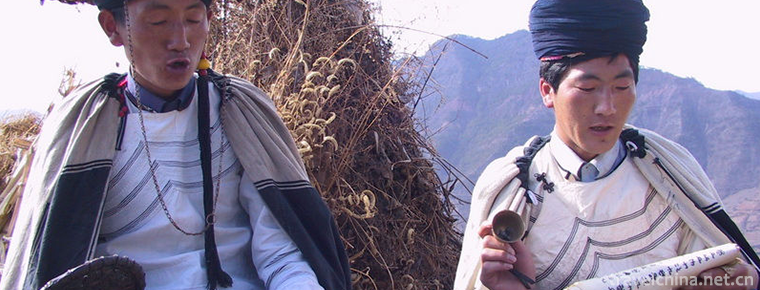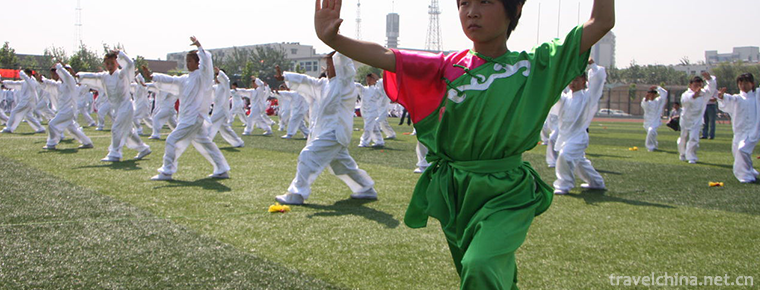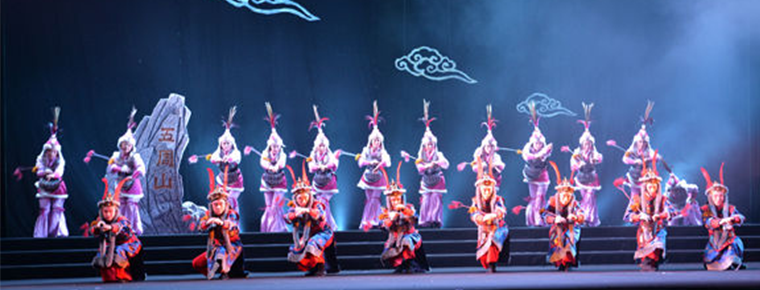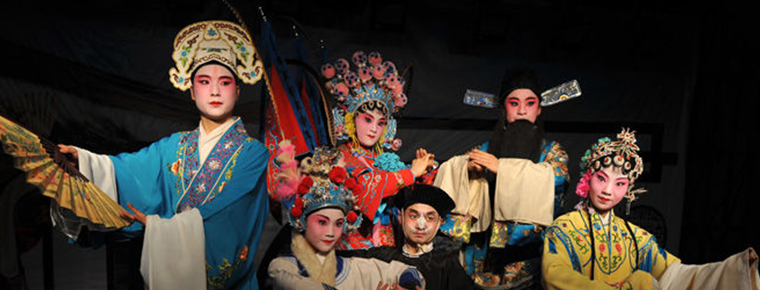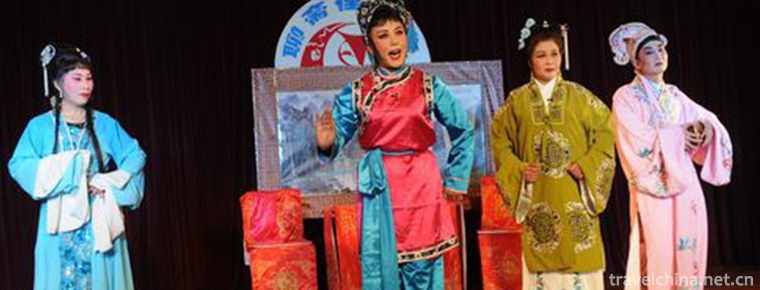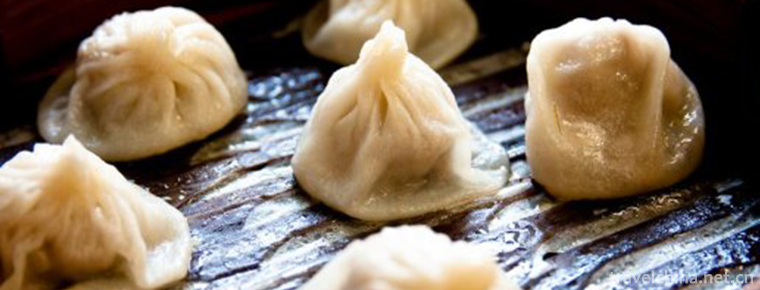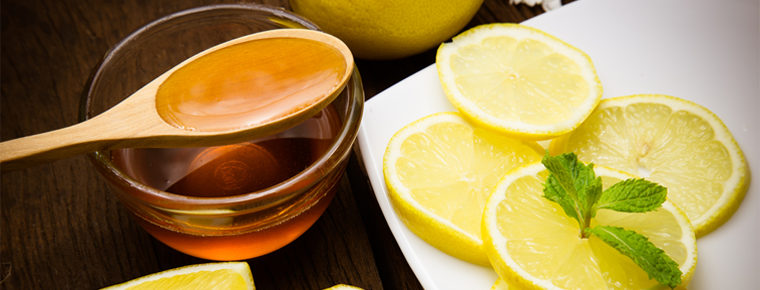Burning Technology of Building Kiln and Building Calendula
Burning Technology of Building Kiln and Building Calendula
Kiln building Calendula firing technology, the local traditional skills of Nanping City, Fujian Province, one of the national intangible cultural heritage.
The firing process of building kiln calendar is very complicated. It usually goes through 13 processes, such as mineral dressing, crushing, washing, proportioning, stale, mud drilling, mud kneading, billet drawing, billet repairing, vegetable firing, glazing, kiln loading and roasting, and finally forms a building kiln calendar.
On May 23, 2011, the burning technology of Jianjian kiln was approved by the State Council of the People's Republic of China and listed in the third batch of national intangible cultural heritage list, item number_-188.
historical origin
Jianyao, one of the famous kilns in Song Dynasty, is also known as "Jianyan Kiln" and "Wuni Kiln". It is distributed in Jianyang Shuiji Kiln, Nanping Chayang Kiln and Wuyishan Yulinting Kiln. It is famous for burning black glazed pottery all over the world. Small bowls are the most, the fetal bones are black and muddy, the glaze has many strips of crystalline lines, as fine as rabbit hair, known as "rabbit hairs". There are also "Parrot Spot" and "Silver Star Spot", which are chic and beautiful. Subglaze filament is decorated with acidification marks formed by acid glaze. The kiln ceramics are all fired upward, the glaze is hanging under the water, and the glaze color of the finished product's mouth edge is light. Because of the different obliquity of the wall, the flow rate is fast, and the flow rate is slightly thin, but slightly slow, then thick, which is like a rabbit's hair. Some bottoms are inscribed with the words "for the emperor" and "for the emperor" and "for the emperor" as tribute ceramics.
The black glaze "Jianjian" produced by Jianyao has a wide influence, and it is highly valued by tea ceremony in Japan, Korea and Taiwan. Among them, the treasures of the Southern Song Dynasty, such as "Chang Tian Mu" and "Oil Drop Jianzhuan", are regarded as national treasures by Japan and are well-known in all directions.
Jianzai began to produce fever in the late Tang and Five Dynasties, and flourished in the Song Dynasty, declined in the middle and late Yuan Dynasty, and ceased to burn in the Ming Dynasty. For hundreds of years, the restoration and research of Jianzhuan has been the focus of attention and pursuit of researchers in ceramic industry.
Beginning in 1979, retired cadre Li Jinwang led his son-in-law, Sun Jianxing, daughter, Li Yun and granddaughter Sun Li. Through the combination of modern science and technology and traditional skills, after more than 30 years of hard work, he tried to produce a series of calendars, such as Rabbit Millet, Oil Drops and Tan Change. He restored the traditional skills of the kiln construction series, and finally restored the lost skills of the kiln construction calendar.
Inheritance and protection
Inheritance value
With the continuous improvement of people's living standards, people's demand for spiritual and cultural life is more and more urgent, and Jianzhuan culture has been re-recognized by people. The Japanese have developed Chinese tea drinking custom into their unique tea ceremony culture. For a long time, excellent Jianzhuan has been treasured and used by the upper class of Japan. Nowadays, Wuyi tea is rising strongly. Jianzhuan tea will flourish with its close combination.
A simple and elegant "Jianzhao" is to make full use of the glaze material to show the inherent potential beauty. It gives people not only the magnificent beauty of nature and the universe, but also the beauty that can not be perceived by vision and touch, which can only be felt by the soul. The production technology of Jianjiao kiln combines fluent, concise, practical shape, glaze color with brilliant connotation and original markings harmoniously in the treasures of Jianjiao kiln, making it undoubtedly stand at the peak of the manufacture of black glazed porcelain in ancient China and become a wonderful flower in the pottery circle full of poetry.
"Jianyao Jianzai" is the peak work of ancient black glazed porcelain in China. It has important practical significance for the protection, inheritance and development of its skills. It plays an irreplaceable role in recognizing China's long history and civilization, promoting China's foreign exchange and promoting the traditional culture of the Chinese nation.
Inheritance status
Northern Fujian Ceramic Man has recovered and excavated Jianjiao, but the endangered situation faced by Jianjiao is still worrying. The main problems are as follows: First, the traditional craft of Jianjiao is complex and the technology is difficult. Now although we have mastered the technology that the ancients did not have legal position, the modern production is mainly by hand-drawing, the rate of firing finished products is low, which needs to be improved and improved continuously. Secondly, some raw materials for building Calendula production have been destroyed, and it is difficult to find raw materials to make up for them; thirdly, with the change of raw materials proportion in traditional production techniques, raw materials engineering talents are still scarce, facing the dilemma of fewer practitioners and professional researchers, while the training cycle of professional talents is long, the investment is large and the effect is slow, so we must start immediately; fourthly, the management system is not healthy enough. All these have resulted in technology outflow, disorderly competition in the market, and counterfeiters who operate without certificates are eager to make a small profit for a while. They have influxed some substandard products into the market at low and low prices, which has a great impact on Jianzhuang market.
Inheriting characters
Su Jinwang, male, was born in September 1926. In December 2013, Su Jinwang was selected as the second batch of provincial representative inheritors of the national intangible cultural heritage project. The project name is "Jianyao Jianzhao Burning Technology".
Cai Binglong, male, was born in July 1952. In December 2013, Cai Binglong was selected as the second batch of provincial representative inheritors of the national intangible cultural heritage project. The project name is: building kiln and burning calendar.
Sun Jianxing, male, was born in October 1952. In December 2012, Sun Jianxing was selected as the representative successor of the fourth batch of national intangible cultural heritage projects. Nanping City, Fujian Province, declared the project: Kiln building calf burning technology.
protective measures
In November 1991, Nanping Xingtianmu Ceramic Research Institute was established, and in 2012, it was awarded the first batch of demonstration bases for the productive protection of intangible cultural heritage by Fujian Provincial Department of Culture.
In 2008, Sun Jianxing and others founded Nanping Jianyang Jianyao Ceramic Research Institute to carry out research and development of a series of Jianyuan, so that the skills of Jianyao Jianyuan can be improved, inherited and developed. On December 18, 2013, the Institute was awarded the second batch of "national research bases for intangible cultural heritage protection" by China intangible cultural heritage protection center.
In September 2018, the "Jianyao Jianzhuang" research base project began to build, which will become an important platform for inheriting the "Jianyao Jianzhuang" history and culture, and a "Jianyao Jianzhuang" experience base integrating research, development, training and cultural tourism.
social influence
Important exhibition
From March to May 2011, Fujian intangible cultural heritage exhibition hall held a "kiln building Calendula burning technology exhibition". This activity has great practical significance for the protection, inheritance and development of the burning technology of building kilns.
In September 2018, Fujian Non-Heritage Festival was held in Fuzhou, with the participation of kiln-building, calabash-making and other exhibitions. The purpose of the event is to arouse widespread attention of the whole society to the protection, inheritance and development of non-heritages and traditional crafts, and to promote the inheritance and innovation of traditional crafts.
From September 2018 to October, the second cultural exhibition of building kilns was held in Jianyang District of Nanping. In order to spread and inherit the craft, the Expo set up more than 300 booths. It not only displayed the excellent works from ancient times to the present, but also had the "one belt along the way" along the country and the five largest porcelain exhibition area in China.
Honorary commendation
In 2014, Jianzhao's works "persimmon red calendula", "rabbit millicalendula", "partridge spot calendula" and "oil drop calendula" were certified as outstanding handicraft badges by UNESCO World Council of Handicraft.
In 2015, Jianyang Jianjian, which inherits and develops the burning technology of Jianyang Jianjian, became the national geographical indication certification trademark.
In 2016, Jianzai was approved as a national geographical indication protection product.
In 2017, Jianyang was awarded the title of "the capital of building kilns and calendars in China". In the same year, Jianyang was given as a national gift to foreign dignitaries during the BRICS Leaders'meeting in Xiamen.
In 2018, Jianzhuang ranked first in the "Wuyi Brand" Construction Conference in Nanping, China, with a brand value of 15.18 billion yuan.

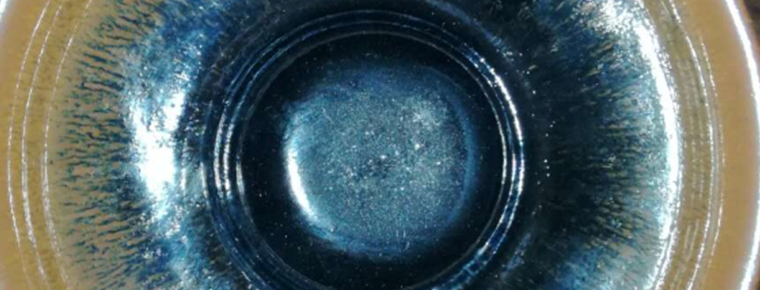
-
Dameisha Beach Park
Dameisha Beach Park was built on June 18, 1999 with a total investment of 120 million yuan.
Views: 229 Time 2018-10-12 -
Ming Yue Mountain
Mingyue Mountain Tourist Area of Yichun City, Jiangxi Province, is located 15 kilometers southwest of Yichun Central City, with an area of 104 square kilometers. .
Views: 158 Time 2019-02-07 -
Bemo music
Qubila fire is well known in Meigu County, Liangshan Prefecture. He is not only a highly respected Yi Dabimo, but also a representative successor of national intangible cultural heritage projects..
Views: 302 Time 2019-04-04 -
Cangzhou Wushu
Cangzhou people have been known for their simplicity, integrity, diligence and bravery since ancient times. Because of the relationship between geography and historical conditions.
Views: 152 Time 2019-04-04 -
Teochew woodcarving
Chaozhou woodcarving is a Chinese folk sculpture art, mainly used for architectural decoration, artifact decoration, furniture decoration, desk decoration, etc. After careful carving.
Views: 256 Time 2019-04-16 -
Construction Skills of Felt House of Kazakh Nationality
Kazakh mattress building skills, Xinjiang Uygur Autonomous Region Tacheng area local traditional skills, one of the national intangible cultural heritage..
Views: 459 Time 2019-05-02 -
Huanglong drama
Huanglong Opera, a local traditional drama in Nong'an County, Jilin Province, is one of the national intangible cultural heritage..
Views: 117 Time 2019-05-04 -
Jinghe Opera
Jinghe Opera, a local traditional drama in Lixian County, Hunan Province, is one of the national intangible cultural heritage..
Views: 186 Time 2019-05-08 -
Liao Zhais folk songs
The spreading area of Liaozhai slang mainly distributes in Zibo City, Shandong Province. The Pu family and its descendants are the main inheritors. Liaozhai slang is a unique traditional folk music li.
Views: 195 Time 2019-05-13 -
Traditional Cuisine Skills of Shanghai Bengang Cuisine
Benbang cuisine is a nickname for Shanghai cuisine and an important school of Han traditional catering culture in Jiangnan area. The so-called Ben Gang is local. It is characterized by thick red sauce.
Views: 132 Time 2019-06-13 -
Southwest University of Science and Technology
Southwest University of Science and Technology is located in Mianyang City, Sichuan Province. The school is a university built jointly by the Sichuan Provincial People's Government and the Ministry of.
Views: 210 Time 2019-08-31 -
Lemon Honey Tea
Honey lemon tea is made of honey and lemon. It has many functions such as whitening, nourishing, lowering blood fat, clearing heat, detoxifying, moistening and drying. Lemon contains vitamin B1, vitam.
Views: 357 Time 2020-03-16


